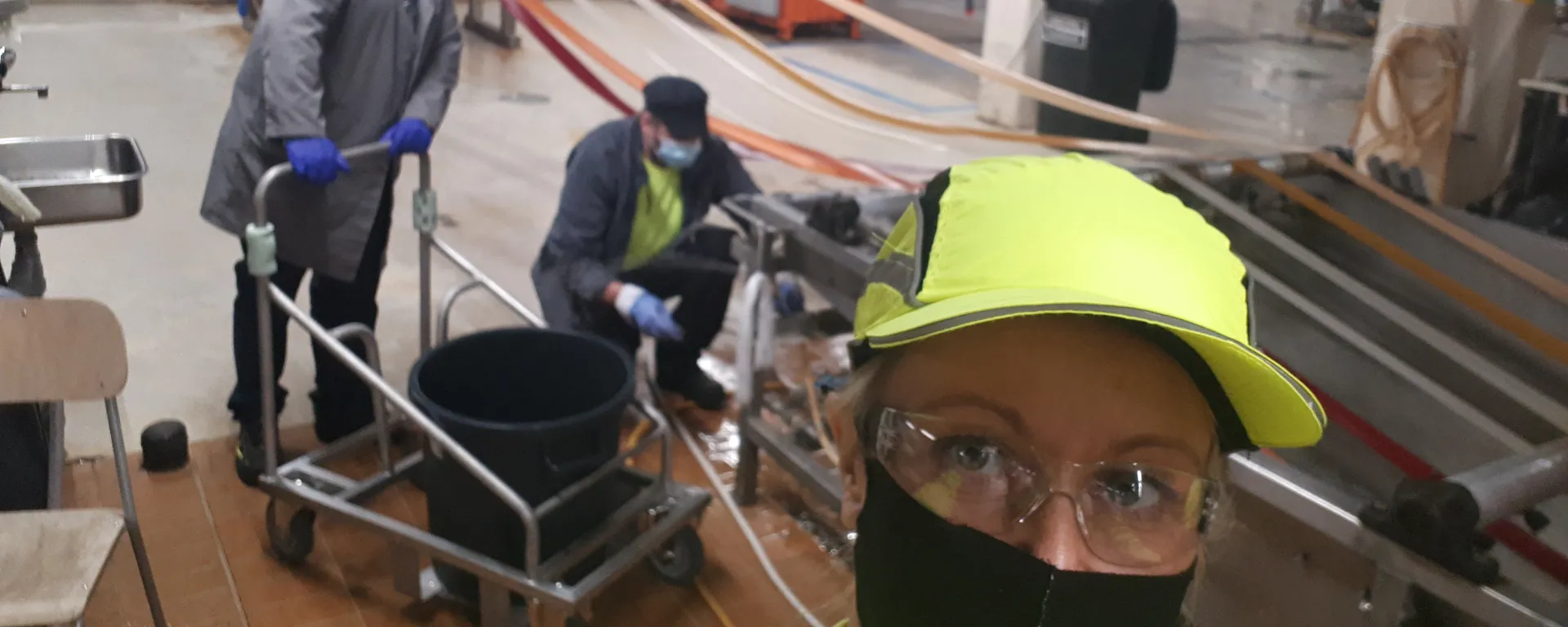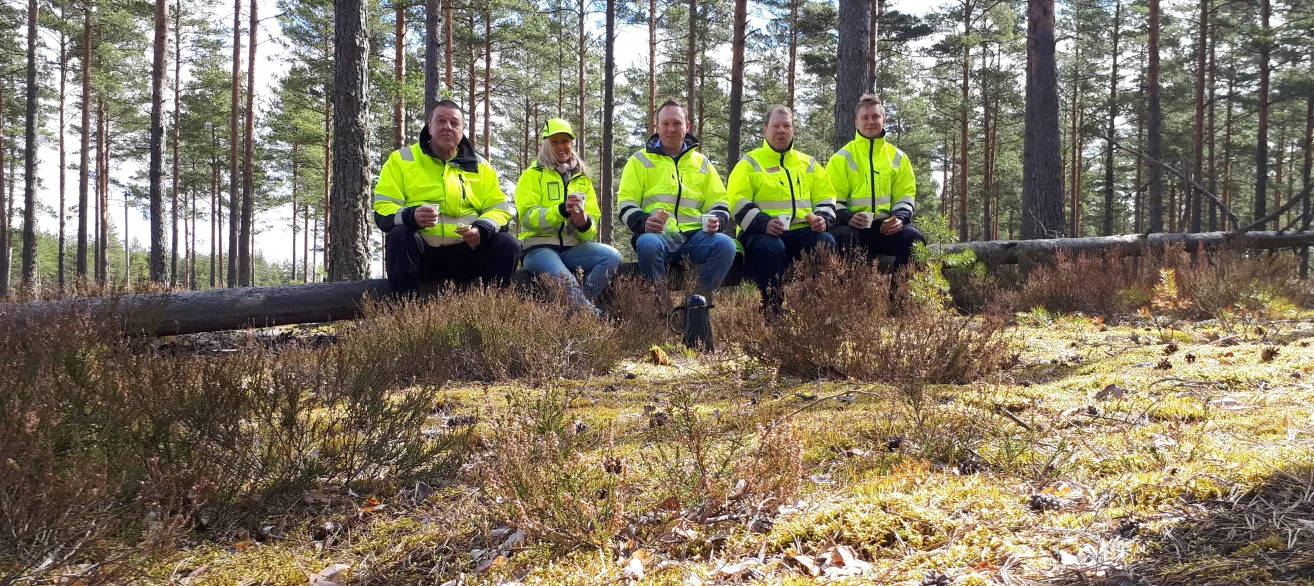Jonna started her Visko journey in 2003 as a R&D Project Manager. She was responsible for several projects, with the purpose of replacing the viscose with a more environmentally friendly alternative. She particularly remembers one project that had the aim to replace the viscose with cellulose carbamate, “In that project, pepperoni was successfully manufactured in the United States. At that time, the project was a secret because our competitor “Teepak,” had a patent on it.”
Development for testing
“We were convinced that we would succeed in replacing the viscose with a more environmentally friendly alternative. We had developed a laboratory method for testing new materials that even today can easily test alternative solutions. In 2005, two lines with their own cellulose carbamate solution lines were ready for 24/7 test runs at Visko”, Jonna recalls. However, the timing was not right for alternatives for viscose, and since the test results came in with too much delay from the customers’ final tests, the carbamate producer withdrew from the project in 2007. Instead, the merge of Visko and Teepak began, and the Hanko unit started using M3, TIS, FMS Labo, My Movex and the other applications as well. Jonna’s part in this integration work was applying all these programs to test runs in the Hanko production.
Paper and acid challenges
Between 2008 and 2009, when ViskoTeepak brought a lot of Crompton Paper to Hanko, an old problem in production suddenly escalated. A very thick and hard coating began to settle inside the machines and caused great operating difficulties. The coating was found to be calcium oxalate. The calcium originated from paper, while oxalate originated from crude acid bought from a nearby explosives factory. “When we stopped using the crude acid, the coating problems also disappeared,” Jonna remembered. Nowadays the Hanko plant uses 93% clean raw acid.
At that time, Jonna’s position changed, but the tasks remained similar. The position went from R&D project manager to Process engineer. Between the years of 2010 and 2015, ViskoTeepak qualified two new cellulose suppliers and standardized the amount of viscose in the products. Acid and salt contents in the production were also standardized according to product categories and job runs. Moreover, various levels of the vat dye coloring were categorized, investigated, optimized, and automated with online measurements and flows. The start-ups of vat dye batch runs could be shortened, sometimes from several days to a few hours before the casing operation was run again.

